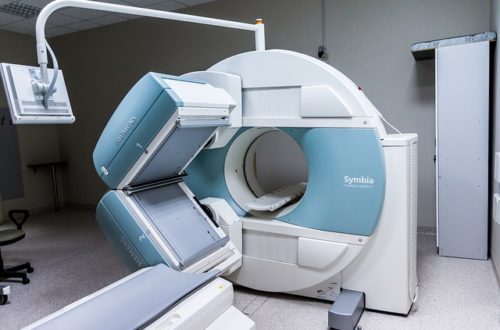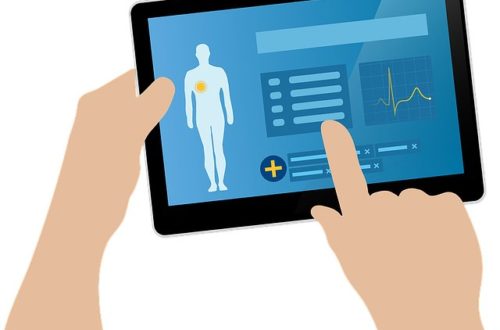Big Data’s Role in Healthcare

While the American healthcare system is experiencing a tumultuous period, there is one thing that’s for sure about the state of the healthcare industry: big data is quickly changing it. SearchITOperations writer Carlos Casanova notes, “The past decade has seen a massive growth in data generation and that was before the internet of things (IoT) entered the equation.” The wealth of data we have recorded and stored presents plenty of opportunity but also many challenges.
The need for data analysts has skyrocketed as we search for the best ways to utilize big data in the healthcare industry. While there are many applications for this data, processing and interpreting it all might be the biggest challenge. Data must be understood in order to be utilized.
Value to patients is the ultimate gain from big data. The healthcare industry is due for radical restructuring of payment models and treatment methods to better serve patients. The information within big data has the power to provide the catalyst for this change, moving us toward a better model of care and service for those who need it.
Healthcare Applications
There are many areas within the healthcare industry where big data provides the opportunity for innovation and improved patient experiences.
IoT and Patients
The internet of things (IoT) has vastly increased the healthcare data available. Wired hospitals improve efficiency, quality of care, and outcomes through the use of digital tools. These tools include “electronic health records, analytics initiatives, telehealth, remote monitoring devices, and patient engagement applications,” according to HealthITAnalytics. Most hospitals utilize predictive analytics to make decisions, but wired hospitals are the leaders in utilizing predictive modeling.
Wearable technology, like your FitBit or even your phone, also has the power to transform healthcare by allowing users to track and record health and activity data in ways that were previously not possible. From humble beginnings as the iconic calculator wristwatch of the 1980s, to today’s smartwatches, wearables still have room to grow. Insurance companies, hospitals, and Big Pharma are among some of the biggest players working to develop new IoT wearables.
Payments
For many patients, understanding their medical bills is a bigger nightmare than their health concerns. We are searching for ways to make billing and payments more transparent and affordable. Managing Director of Kaufman Hall Jason Sussman states, “Smarter data and analytics are providing organizations with a more comprehensive understanding of the ‘true costs’ of delivering care. This is essential for successful participation in value-based payment programs.”
Research
Electronic healthcare records (EHRs) have also increased the amount of patient data available immensely. EHRs improve the efficiency of patient data storage, lowers costs, and importantly, can improve diagnosis speed. Using predictive analysis and research, we can interpret EHRs to help reduce the time it takes for doctors to diagnose patients, which can greatly reduce mortality rates.
Challenges of Big Data in Medicine
One hurdle we face with big data is finding ways to derive information from the data we collect. The need for data analysts has ushered in a new type of healthcare worker, one with less knowledge about bodies and illness and more about modeling and algorithms. Data sets are now so large that conventional processing and analysis isn’t possible, so these data scientists are searching for the best ways to process data and derive information from it.
However, perhaps the biggest challenge that comes with big data is its security. Data security is expensive, but vital to protecting patient privacy. Data breaches of healthcare systems have increased 23 percent since 2014. Data insecurities leave patients vulnerable to exploitation, but legislators struggle to develop security laws that strike a balance between data safety and accessibility.
Improvements for Patients
An obvious application of information derived from big data is improving patient care in the doctor’s office or hospital. EHRs can help physicians develop clearer pictures of the health of their entire patient populations, which can help individual patients get better faster through earlier diagnosis and quicker treatment.
Basic answers about medical payments still go unanswered for many: Where can I find the best medical care for my money? Is this test covered by my insurance, and if not, why? How much will this treatment cost? All of these questions seem straightforward, but unfortunately, in the current state of the healthcare industry they are not easily answered. Big data may help provide answers for patients who feel lost and confused by their bills, thanks to the transition towards value-based payment programs.
Ultimately, we collect data because it is actionable — we can use it to make changes for the better. Healthier and happier patients are the result of big data that’s used right, and, as we develop more ways make use of data, we discover more opportunities to improve quality of life for patients. Exactly how big data will continue to evolve the healthcare industry is yet to be seen, but there’s no question that the changes will be transformative.
Would you like to receive similar articles by email?





